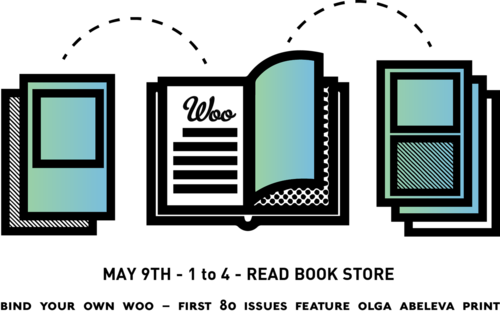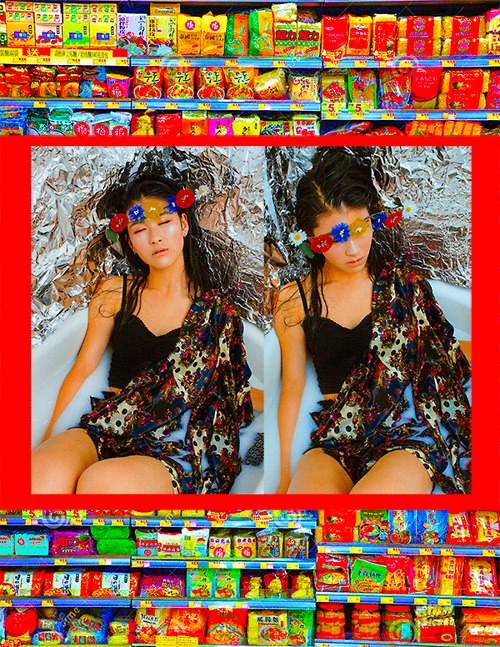Websites for Visual Artists
by Jessica Molčan
Gone are the days when it was thought tacky for an artist to have a website. Now it is expected that you have a website. Art world professionals now believe it is unacceptable to forage into the art world for gallery representation without one. A basic website is easy to put together and cheap to maintain. Aside from your studio, it’s the only place where you will have complete control over how people see your work. Take the opportunity to provide context for your work, presenting it the way you want it to be seen.
Since you don’t know who will come across and look at your website, you can’t tailor it the same way you would tailor a portfolio for specific grants, residencies, or galleries. Make sure that you are comfortable with the content choose to have an online presence to everyone and anyone. This means if the boss at your new day job looks at it, you won’t be embarrassed.
Before you design your site by yourself, with a friend’s help, or through a site builder, seriously consider your artwork. Think about colours and layouts that will be best suited to what you create as an artist. Don’t overshadow minimalistic abstract work with a complex and cluttered website. Feed your work with the design of your site. With that in mind, make sure your website is easy to navigate. Your site visitor should be focused on what they’re looking for on your website, not the difficulty they’re having finding it.
Try to keep your website about your work. Your homepage is your first impression, and should rarely include anything but your name and navigational buttons to the other sections of your site. You can also use your homepage to announce upcoming shows or press, but if you have a ton, it’s better to have a news section than clutter your home page. It may seem simple, but also make sure there is some way for people to contact you.
Be sure to curate your site the same way you would curate a studio visit or a show. Don’t post everything you’ve ever created. Also, consider how you want people to experience your work. One image at a time? Multiple shots? Current work and past work in separate sections? Take a look at other artist’s websites to guide you. Use low-res images (72-120 dpi) so that your site loads quickly, and it also thwarts people stealing your images for print. Remember to include the same information about your images as you do for a physical portfolio: title, year, medium, dimensions, edition (if applicable), and a brief description, if necessary. Do not include prices on your website - if you’re looking for a gallery, they prefer pricing to be collaborative. If you want to indicate that work is for sale, you can put, “contact me for price information”. Likewise, if it’s not for sale, you can indicate that with “NFS.”
Finally, keep your site up to date: your CV, images, press, shows, biography. If your site has out of date information, such as an “upcoming show” that happened months (or years) ago, it looks unprofessional and lazy. As a visual artist, you should keep commercial work (such as portrait commissions) off your portfolio site. If you have a day job where you create commercial artwork, create a separate site for that type of work. Now, I don’t know about you guys, but I need to rework my website. Oops!










